Take Falcons Under Your Wing
The dramatic comeback of the peregrine falcon is a story of triumph against great odds. This noble predator vanished from most of North America in the 1950s. The species fell victim to pesticides (DDT in particular) absorbed from its prey, causing females to lay eggs with shells so fragile they rarely hatched.
The turnaround came in the 1970s, when conservationists mobilized worldwide to prevent the peregrine’s extinction. They succeeded in getting DDT removed from the North American market. Programs to raise falcons in captivity began to rebuild the population. Thousands have since been released across Canada and now breed successfully in the wild. Today, one of the world’s fastest birds can be seen again, streaking high over river gorges and in the skies of metropolises like Montreal, Winnipeg, and Edmonton.
No longer listed as “endangered,” the peregrine remains a “threatened” species. Its full restoration is still years away due to habitat loss on its breeding grounds and the ongoing use of DDT on its Latin American wintering grounds. Why not help this swift raptor in its race for survival?
- Enlighten yourself and others about falcon conservation. Invite a speaker from a local peregrine recovery team to address your class. Tell classmates, family, friends, and neighbours about conservation efforts taking place in your area. Create displays for your school and community to help spread the word.
- Volunteer to survey falcons in cities and rural areas. Your duties could involve reporting sightings of peregrines while recording their behaviour, eating habits, and nesting success. Find out about groups that need volunteers through your nearest branch of the Canadian Wildlife Service or your provincial or territorial wildlife agency.
- Build nesting structures. Falcons are finicky about their homes. Rectangular boxes, carefully built and installed, have proved highly successful on buildings and natural cliffs.
- Team up with a recovery team or government wildlife agency before attempting a nesting box program.
- Use 2.5-cm (1”) untreated softwood or any wood that resists weathering for the main structure and a 5-cm-diameter (2”) wooden pole for the perch.
- Follow the construction plan laid out below. Cut the roof, bottom, sides, back, front, support braces, and perch. Drill small drainage holes in the bottom.
- Assemble the pieces using 5-cm (2”) coated flat-head screws.
- Add 8 to 10 cm of pea gravel (not too rough or it may crack the eggs) as a nesting base.
- Students should by no means attempt to install these structures themselves. Have an expert mount the box in a high location near water. Cliffs, building ledges, and catwalks on smokestacks are recommended sites.
- Once falcons discover your nesting box, work with your conservation partner to monitor their breeding success.
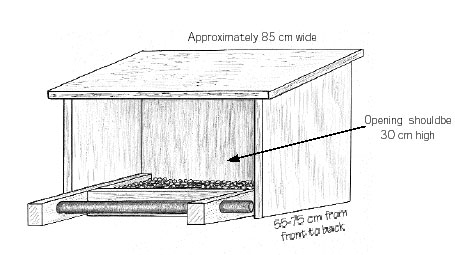













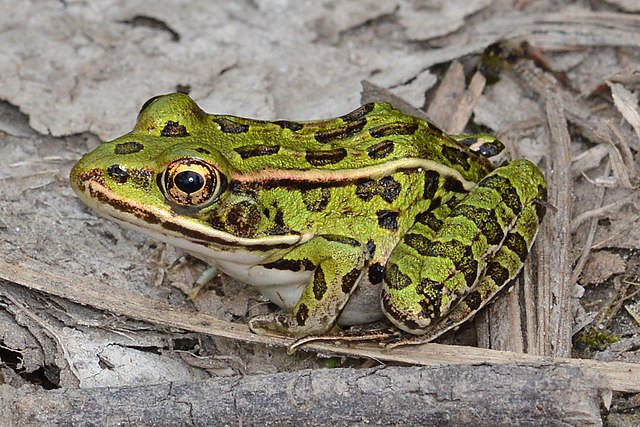
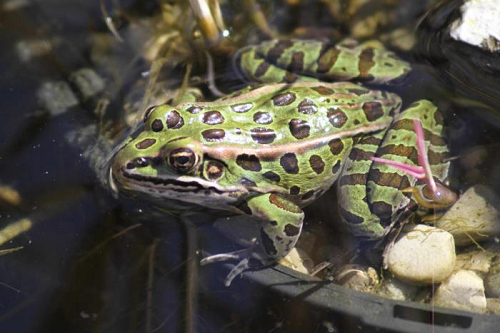
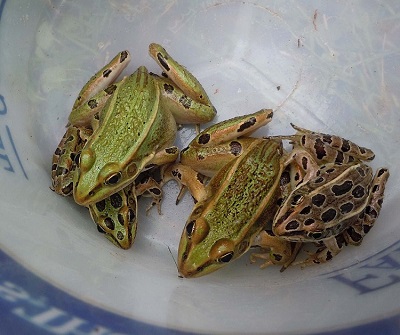
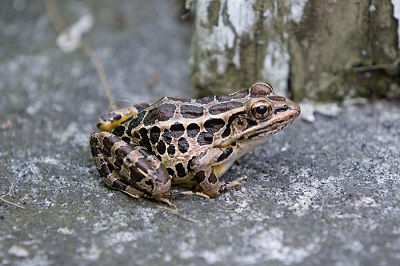

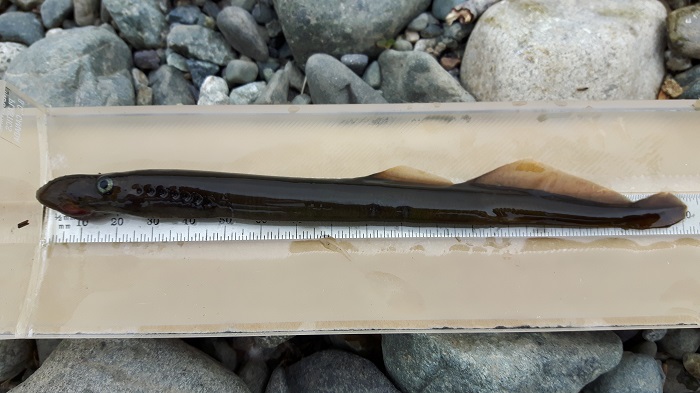
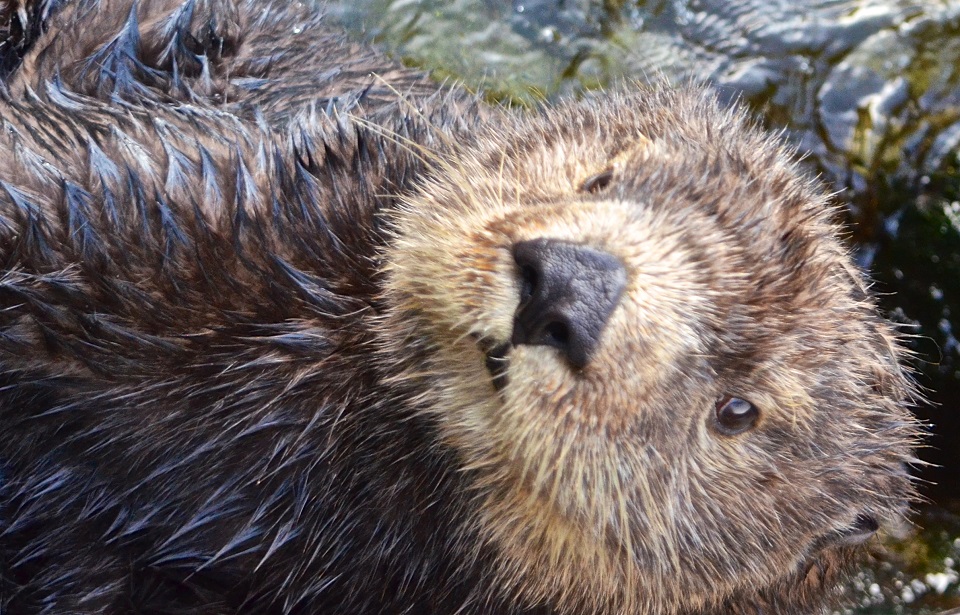




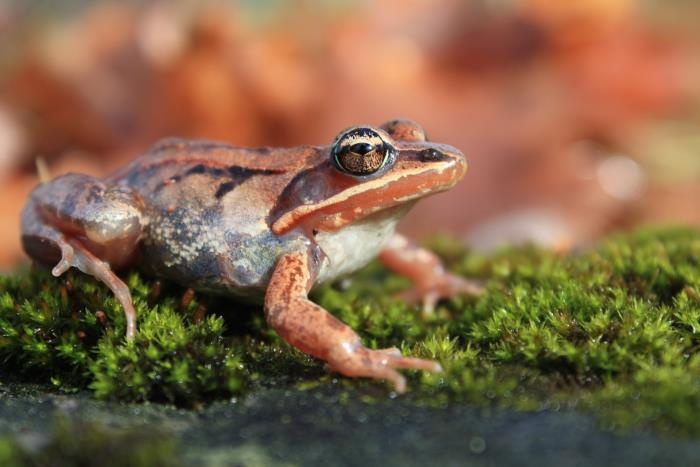

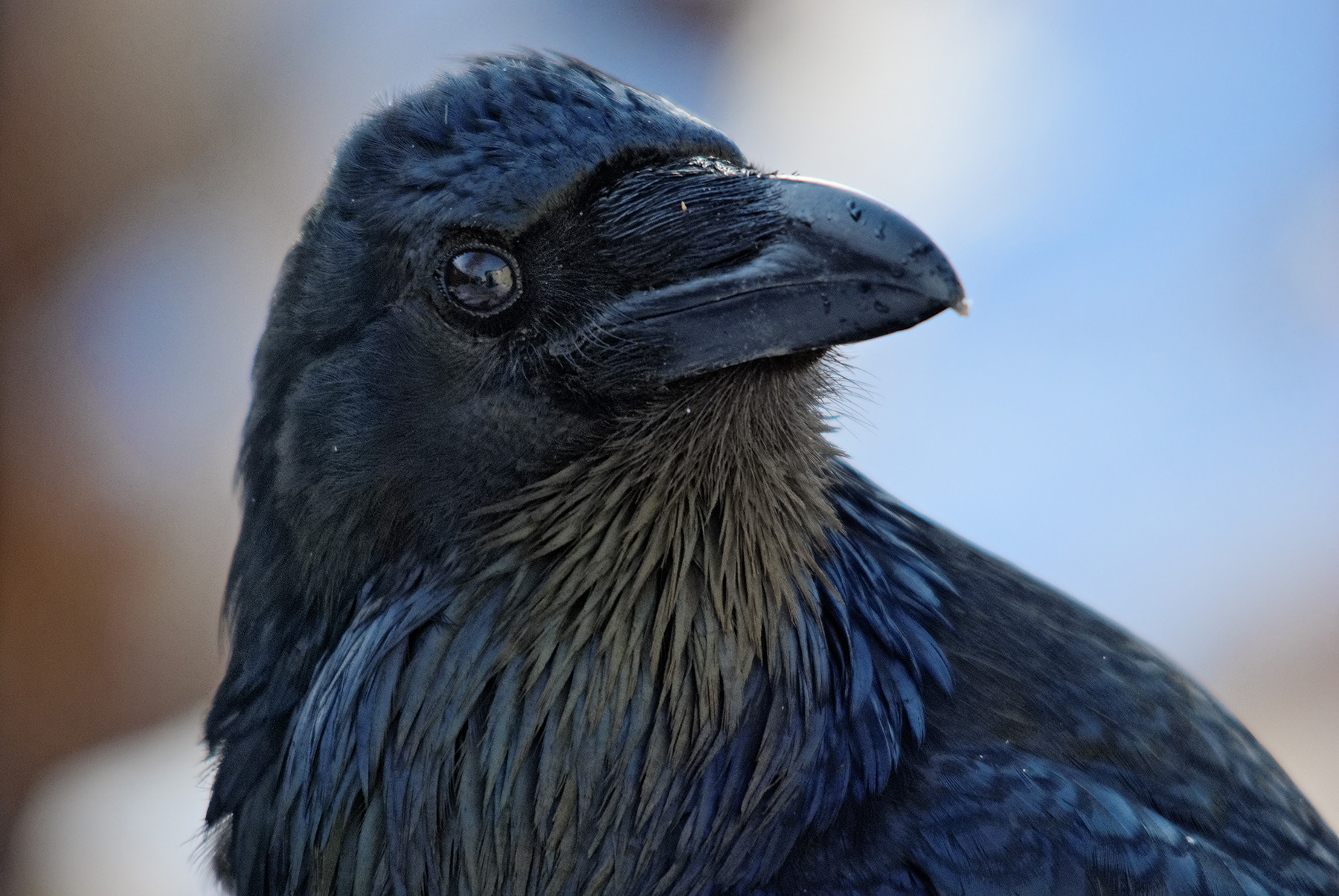
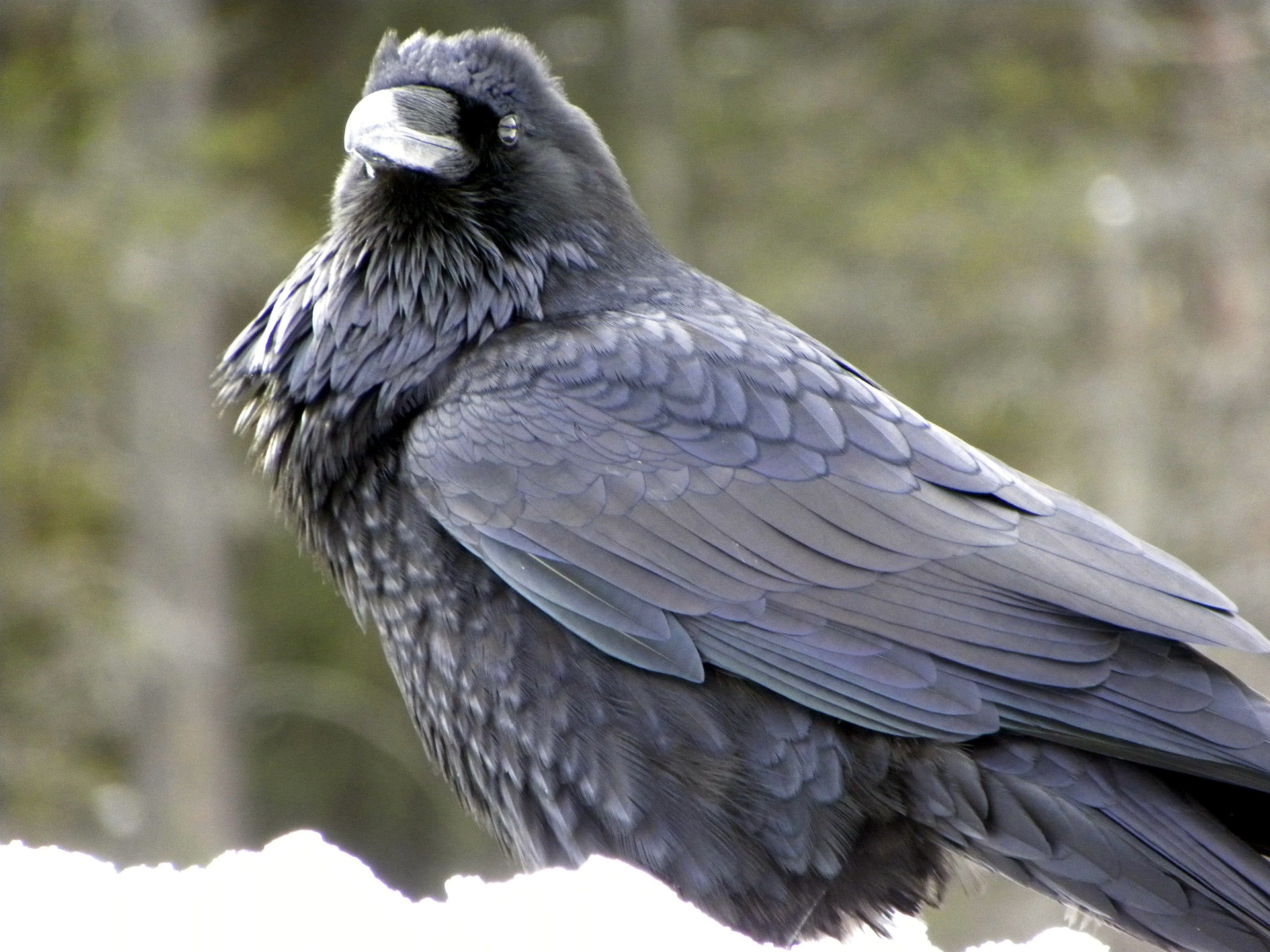

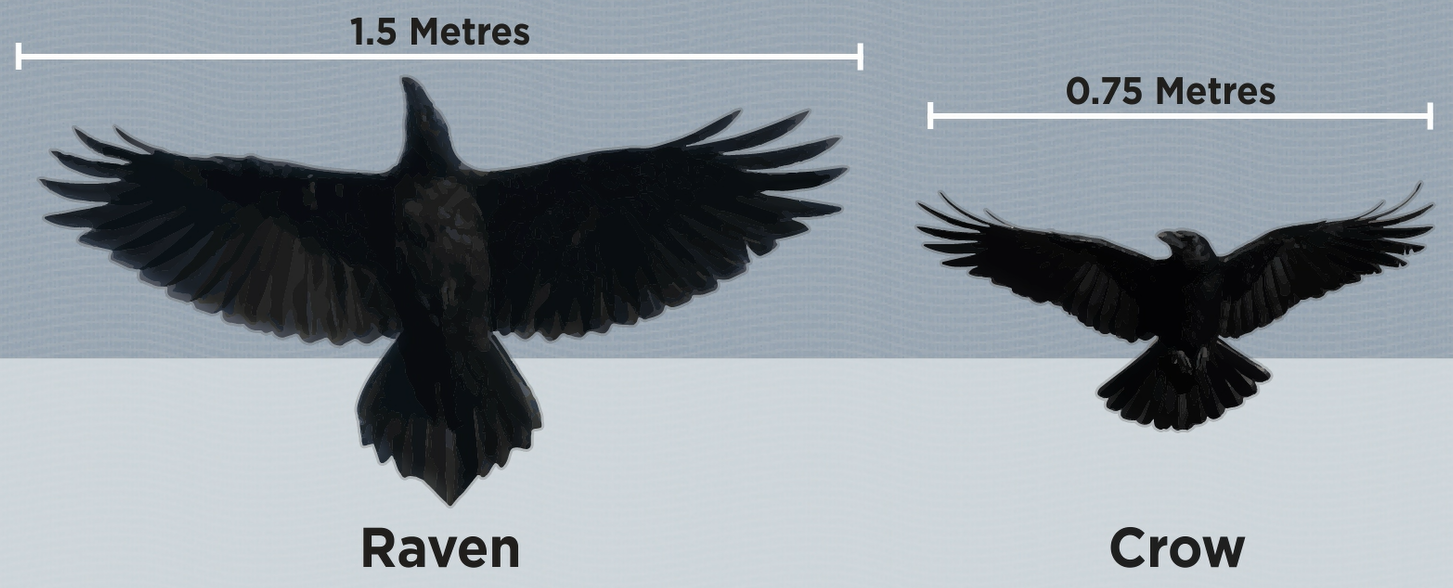
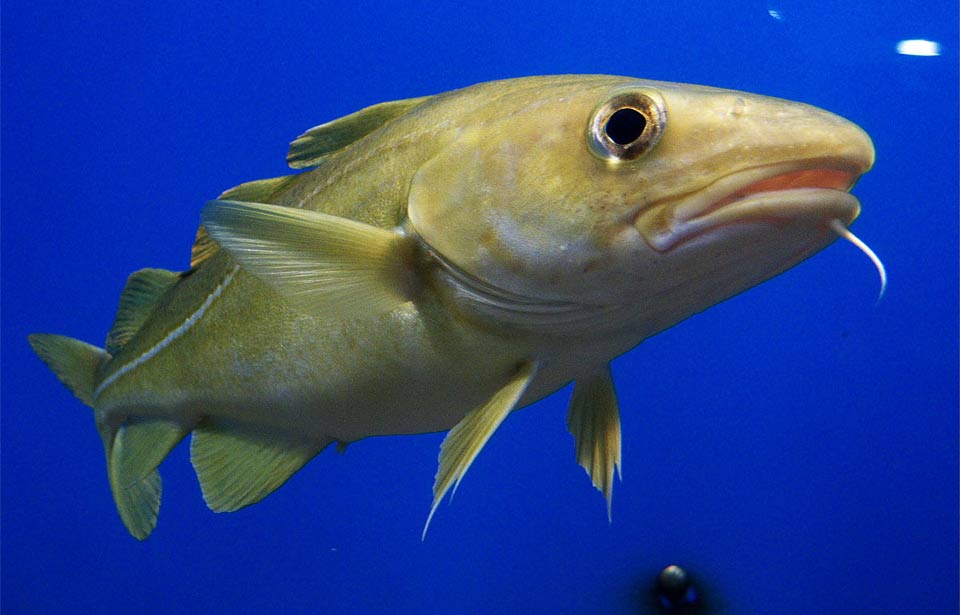
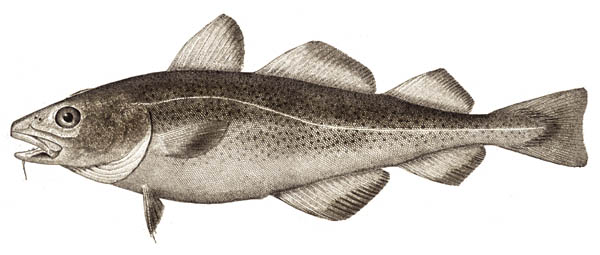 The Atlantic Cod (Gadus morhua) is a medium to large saltwater fish: generally averaging two to three kilograms in weight and about 65 to 100 centimetres in length, the largest cod on record weighed about 100 kg and was more than 180 cm long! Individuals living closer to shore tend to be smaller than their offshore relatives, but male and female cod are not different in size, wherever they live.
The Atlantic Cod (Gadus morhua) is a medium to large saltwater fish: generally averaging two to three kilograms in weight and about 65 to 100 centimetres in length, the largest cod on record weighed about 100 kg and was more than 180 cm long! Individuals living closer to shore tend to be smaller than their offshore relatives, but male and female cod are not different in size, wherever they live.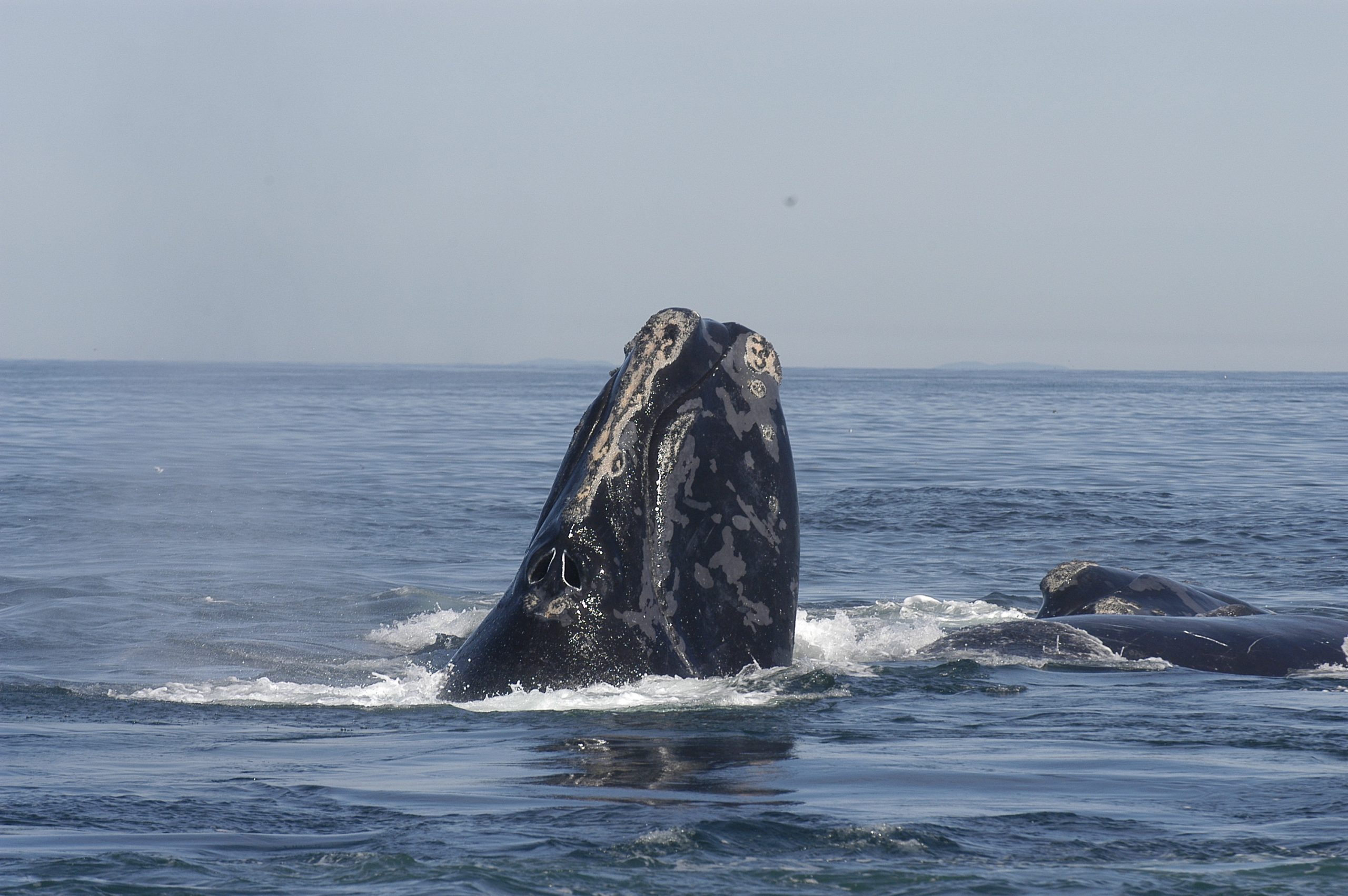
 The North Atlantic Right Whale (Eubalæna glacialis) is one of the rarest of the large whales. It can weigh up to 63,500 kilograms and measure up to 16 metres. That’s the length of a transport truck and twice the weight! Females tend to be a bit larger than males – measuring, on average, one metre longer. Considering its weight, it’s fairly short, giving it a stocky, rotund appearance. Its head makes up about a fourth of its body length, and its mouth is characterized by its arched, or highly curved, jaw. The Right Whale’s head is partially covered in what is called callosities (black or grey raised patches of roughened skin) on its upper and lower jaws, and around its eyes and blowhole. These callosities can appear white or cream as small cyamid crustaceans, called “whale lice”, attach themselves to them. Its skin is otherwise smooth and black, but some individuals have white patches on their bellies and chin. Under the whale’s skin, a blubber layer of sometimes more than 30 centimetres thick helps it to stay warm in the cold water and store energy. It has large, triangular flippers, or pectoral fins. Its tail, also called flukes or caudal fins, is broad (six m wide from tip to tip!), smooth and black. That’s almost the same size as the Blue Whale’s tail, even though Right Whales are just over half their size. Unlike most other large whales, it has no dorsal fin.
The North Atlantic Right Whale (Eubalæna glacialis) is one of the rarest of the large whales. It can weigh up to 63,500 kilograms and measure up to 16 metres. That’s the length of a transport truck and twice the weight! Females tend to be a bit larger than males – measuring, on average, one metre longer. Considering its weight, it’s fairly short, giving it a stocky, rotund appearance. Its head makes up about a fourth of its body length, and its mouth is characterized by its arched, or highly curved, jaw. The Right Whale’s head is partially covered in what is called callosities (black or grey raised patches of roughened skin) on its upper and lower jaws, and around its eyes and blowhole. These callosities can appear white or cream as small cyamid crustaceans, called “whale lice”, attach themselves to them. Its skin is otherwise smooth and black, but some individuals have white patches on their bellies and chin. Under the whale’s skin, a blubber layer of sometimes more than 30 centimetres thick helps it to stay warm in the cold water and store energy. It has large, triangular flippers, or pectoral fins. Its tail, also called flukes or caudal fins, is broad (six m wide from tip to tip!), smooth and black. That’s almost the same size as the Blue Whale’s tail, even though Right Whales are just over half their size. Unlike most other large whales, it has no dorsal fin.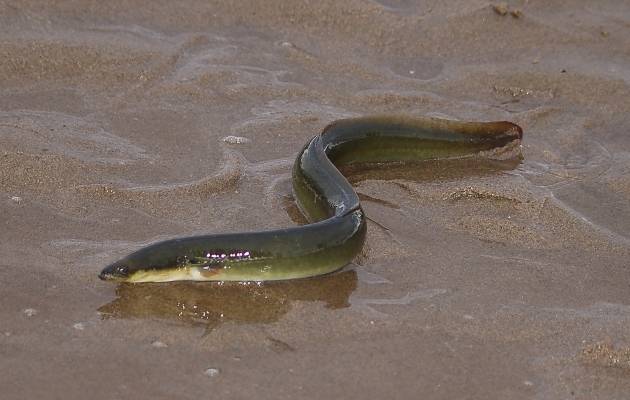
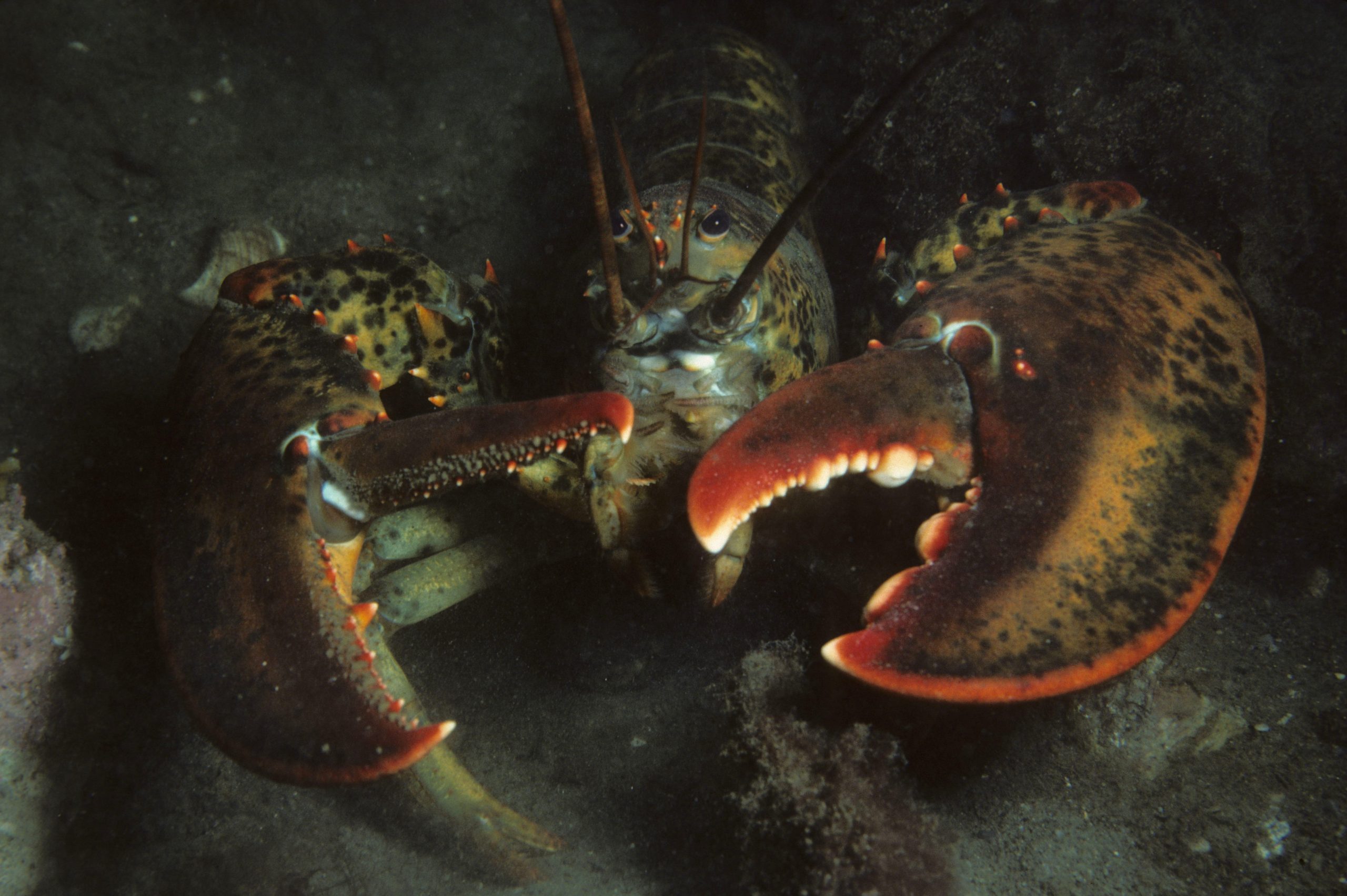


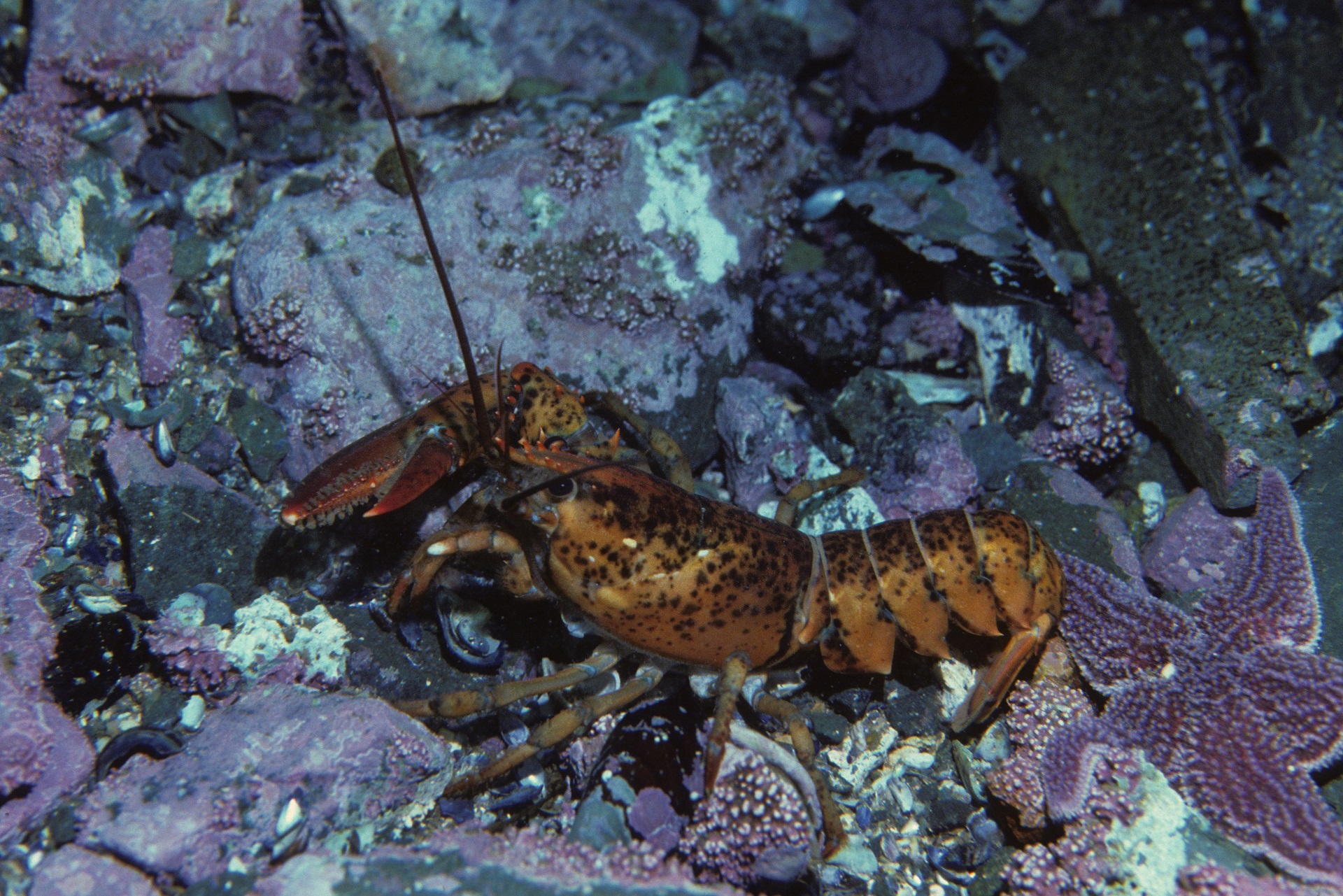
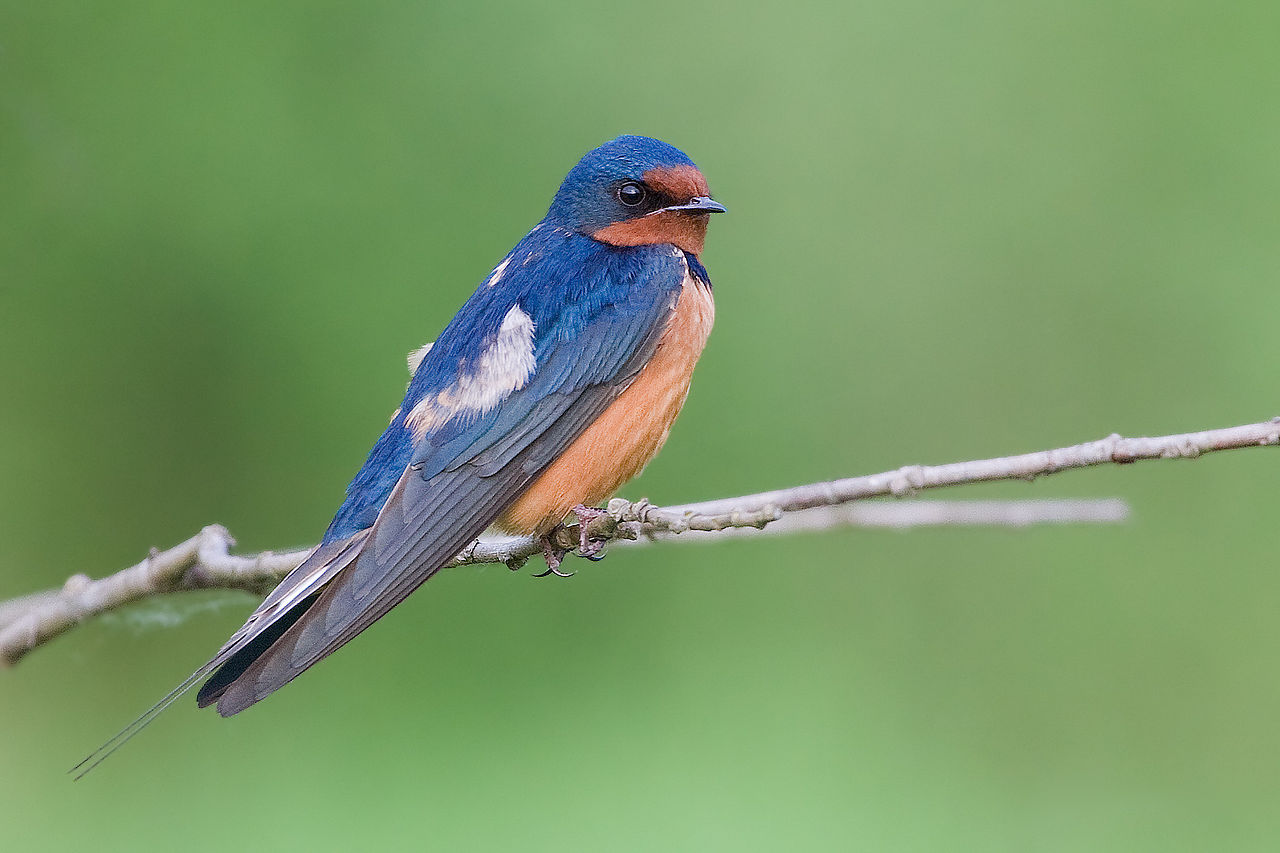

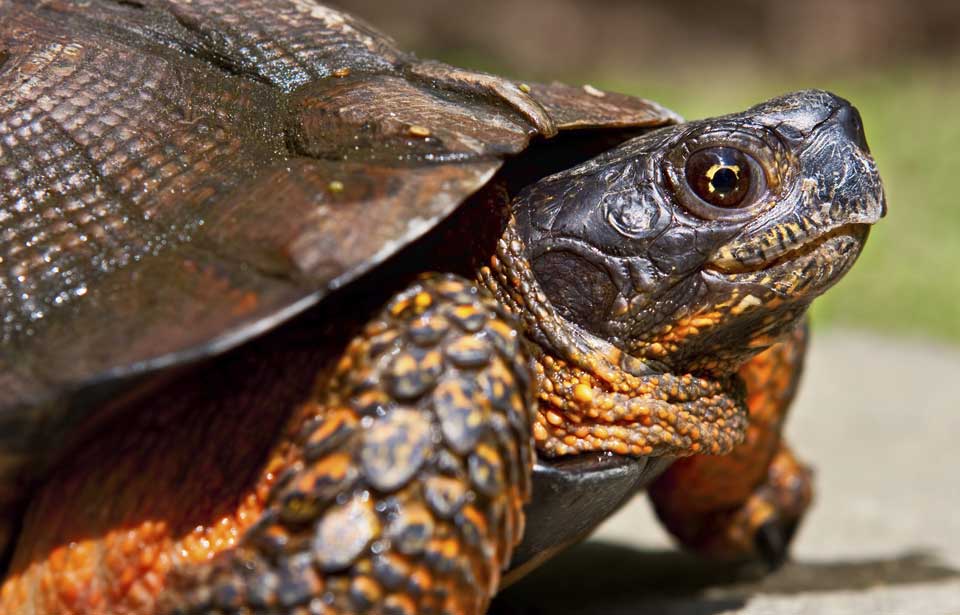
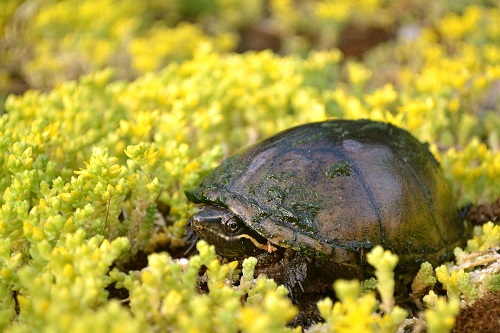

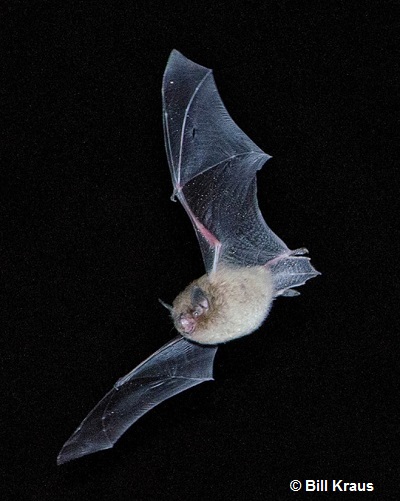

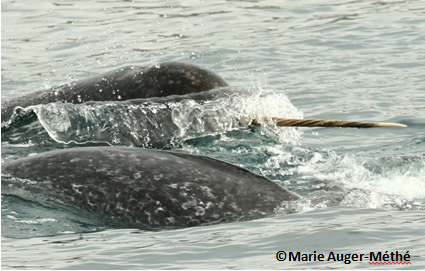
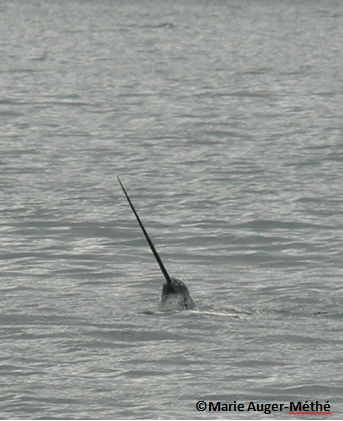
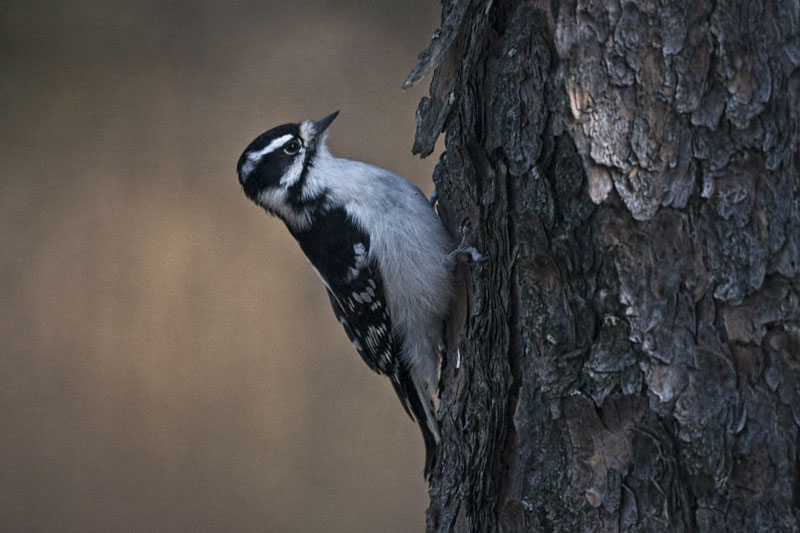

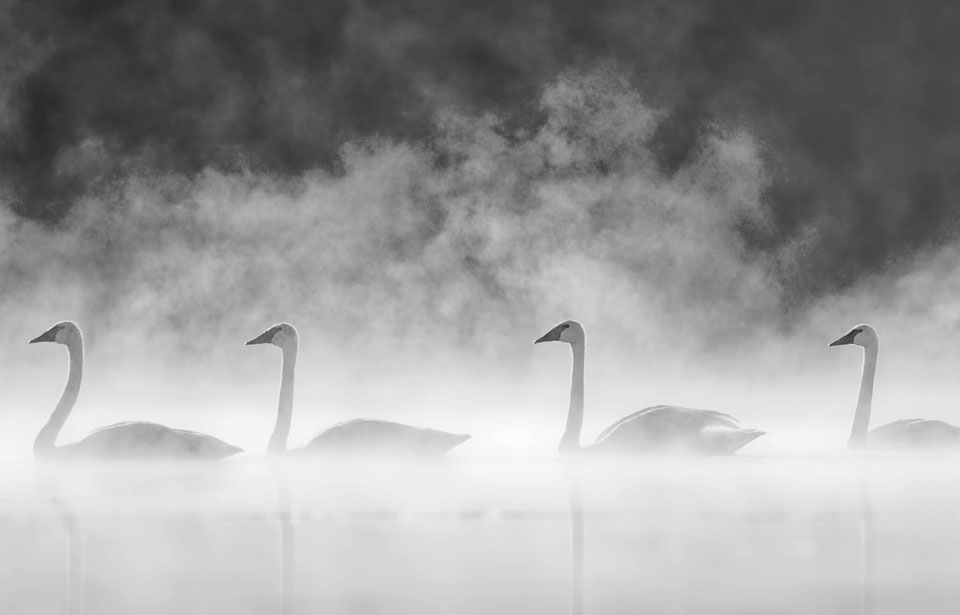
 Adult Trumpeter Swans Cygnus buccinator are large birds with white feathers and black legs and feet. The feathers of the head and the upper part of the neck often become stained orange as a result of feeding in areas rich in iron salts. The lack of colour anywhere on the swans’ bodies distinguishes them from other white species of waterfowl, such as snow geese, which have black wing tips.
Adult Trumpeter Swans Cygnus buccinator are large birds with white feathers and black legs and feet. The feathers of the head and the upper part of the neck often become stained orange as a result of feeding in areas rich in iron salts. The lack of colour anywhere on the swans’ bodies distinguishes them from other white species of waterfowl, such as snow geese, which have black wing tips.